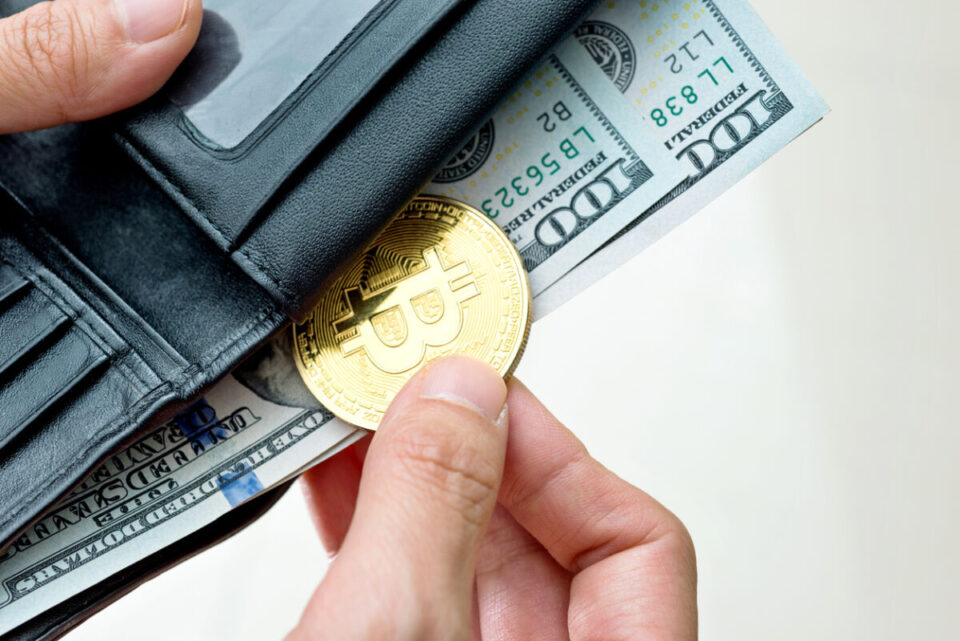2021 has been a wild year for cryptocurrencies. They have gone from all time highs to drastic lows. In April, Bitcoin had a record-breaking value as the popularity of the cryptocurrency generated by the pandemic, alongside positive support from Elon Musk, saw the shares fly to heights of over $63,000. However, environmental concerns and a lack of confidence has since seen the value of Bitcoin dip to just under $40,000 with lows in July even reaching $29,000. The crypto market is volatile and constantly changing, with even the smallest rumour sparking a huge change, for better or for worse. When Amazon supposedly suggested they were going to start accepting Bitcoin, this is exactly what happened.
When looking at Amazon’s job listing site there were 74 listings for jobs whose descriptions included the words “blockchain”, the backbone of cryptocurrencies, many dating back to earlier this year. Whilst the jobs were not necessarily related to blockchain development, but rather sought some form of experience using the technology, many investors saw this as a sign to put their money back into crypto as it was going to become a viable means of paying for everyday items.
The trend of crypto being something more than a just niche investment has been something that has been steadily increasing over the years, 2020 and 2021 especially. Some companies are even using it as a reward scheme: in April, the Unifi Premier credit card was launched by Unifimoney, which offered customers a unique rewards option as they were given the choice to redeem them as Bitcoin, Gold or Equity as they spent. Companies like Overstock have also shown that crypto as a payment method is viable, as they have been accepting the digital currency since 2014 and have continued to gain investment, showing confidence in the strategy (Despite its current dip).
Bitcoin jumped more than 14% following the rumours, nearly reaching $40,000 per unit before settling closer to $37,000. There is also speculation that this price surge may have also been a result of traders buying up bitcoin to fill positions they were short on, having bet its value would fall further, though the consensus is due to Amazon.
With Bitcoin’s latest rebound, over $1 billion worth of short crypto positions have been liquidated and Bitcoin’s dominance inches closer to 50%, although it is still down roughly 33% from its peak of 73.68% in early January.
Amazon: pro or anti-crypto?
Though the retail giant denied the immediate implementation of the digital currency, a spokesperson from Amazon said, “Notwithstanding our interest in the space, the speculation that has ensued around our specific plans for cryptocurrencies is not true. We remain focused on exploring what this could look like for customers shopping on Amazon.”
However, the question is still begged, what if a retail giant like Amazon had announced they were accepting crypto as a means of payment, how would the market react? The Fintech Times posed this question to industry experts:
Max Sapelov, CTO and Co-founder of CoinLoan said, “If Amazon would decide to start accepting Bitcoin, this would result in a short-lived spike in the price of Bitcoin. Furthermore, if a tech giant like Amazon recognises cryptocurrency as a payment method, it will be considered a signal for the community, and consequently, it would positively impact the whole crypto market and attract other companies to do so. We now see big players starting to operate in crypto and accept digital currencies as payment, and for some, such as Square and Robinhood, it becomes the primary source of income.
“I am confident that Amazon will offer crypto as a payment method for their services in the near future – it is impossible to ignore cryptocurrencies as they are becoming more mainstream.”
Carol Alexander, a professor of finance at the University of Sussex Business School said, “Amazon will need to hire some pretty smart traders to hedge the currency risk of Bitcoin. They already have a big team in place to hedge fiat currency risks, of course, but Bitcoin derivatives markets are completely different to the fiat forex forward market.
“The forex market centers on London’s regulated 4pm fix, and volatility is the region of 15% – 25% depending on the currency. But the main Bitcoin markets are unregulated and highly fragmented, and their derivatives instruments are hugely complex — plus, their volatility regularly exceeds 100%.
“The professional crypto traders that have been in the market for years still don’t fully understand the risks they are taking. Amazon will need to start hiring now, from a very small pool of traders who fully understand how to trade in these markets.”
Amber Ghaddar, Co-founder of AllianceBlock, took a broader approach and discussed crypto’s adoption as a payment method when compared to a mere investment, “We need to be able to differentiate between crypto used as payment and crypto used as an investment. The best example is PayPal‘s recent dive into cryptocurrencies. To be clear, PayPal users cannot use crypto for payments. Rather, PayPal can be used to access crypto as investments.
“This is a very important differentiator. Investments are usually held. The more investment flows increase, the more demand increases, and this usually is bullish for prices. For PayPal, this is a new revenue stream that has clearly paid off, but is not accounted for in total payment volume, which confirms our view that Bitcoin is used as an investment rather than a payment.
“However, the way users use Amazon is quite different. Amazon is a market place and the only case for crypto would be for payment rather than investment.
“Running some quick numbers, hypothetically, if we assume that 10% of Amazon’s total daily e-commerce sales will be settled in crypto – which is still an extremely bullish scenario in my opinion, it would represent a little more than 0.10% daily on-chain transaction volumes and circa 0.15% of total spent transaction output if we look at the Median for the year ending April 2021. And this in our view shouldn’t affect the network fundamentals by much.
“Nevertheless, the velocity of Bitcoin vs fiat money is much lower making it akin to an investment medium rather than a payment medium. The fact is that 45% of total Bitcoin circulation supply is HODLed and has not moved in the past 2 years. Let’s apply this to whether or not it makes sense to use Bitcoin as a means for payment. If you expect Bitcoin prices to go up in the future, it makes little sense to use your Bitcoin to pay for daily goods and services.”




